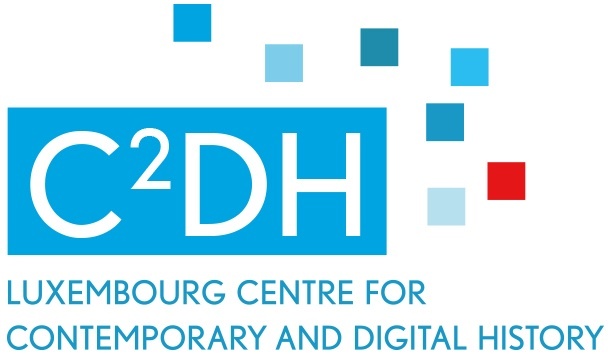Hans Brandhorst
17 Dec 2020 | 14:00-15:00 Online Lecture | Registrations welcome under following email address: vanessa.napolitano@ext.uni.lu

Systematic iconography which transforms the raw data of our observations into information, is a labour-intensive task. To interpret the content of pictures is a fascinating intellectual game, but producing words for our observations is a costly process.
As with all laborious processes, people always ask themselves whether technology can be used to do the job with less effort and better results. By default the answers to this recurring question have been in sync with the evolution of technology itself. Technical limitations impose natural restrictions on our ambitions.
The most recent answers, however, appear to be radically different from the older ones. In our field – the research of visual culture – developments in Computer Vision and Artifical Intelligence seem to point to a very near future where computer software will retrieve pictures based on an automatic analysis of their content. The comparison of visual characteristics which is the basis of modern pattern recognition software suggests that content searches with the help of automatically assigned words, or even without words, is just around the corner. Facial and object recognition software unleashes many ideas on how this technology could alleviate the task of the cataloguer and benefit the researcher of visual culture.
The issue I would like to explore with you is whether we, as students of visual culture, should leave the field of systematic iconography to software and computer scientists, or stick around because not all problems have been solved quite yet …


